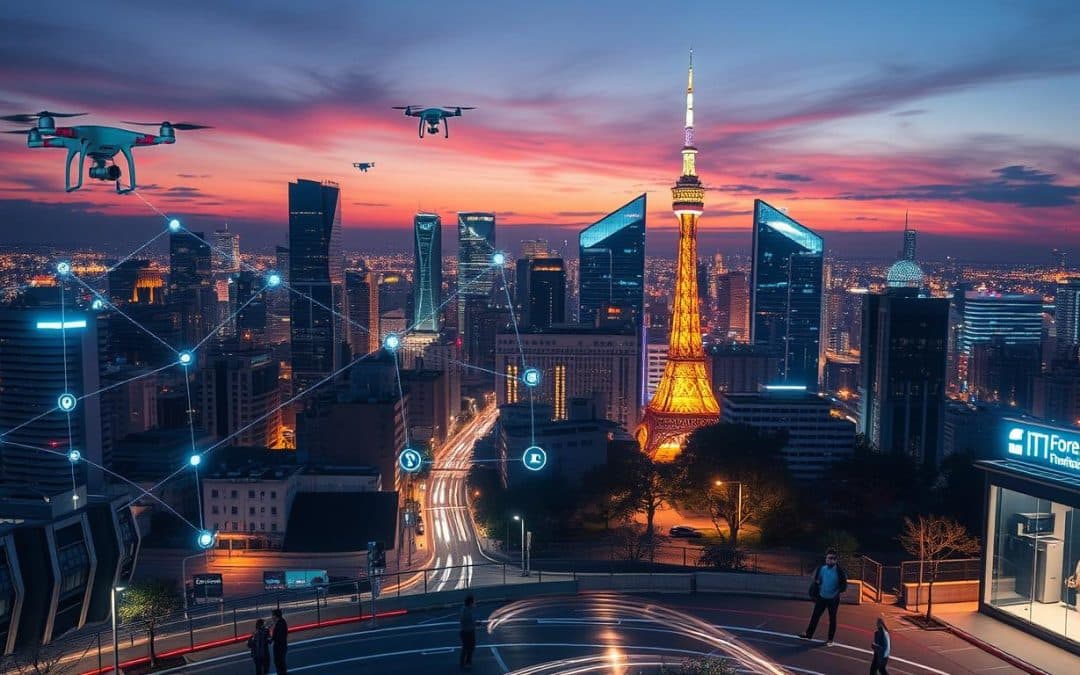The Internet of Things (IoT) is revolutionizing how devices communicate and interact, creating a more connected and efficient world. This article explores the key aspects of IoT development, its impact across industries, and future trends.
Understanding IoT Technology
IoT technology enables devices to collect and share data through sensors, software, and network connectivity. The rapid growth of IoT is evident in various sectors:
- Over 48 features are offered through ZConnect technology in Tata EVs, showcasing advanced connected car capabilities.
- By 2029, the number of satellites supporting IoT is expected to increase by 150%, from 10,000 to over 24,000.
- This expansion opens new possibilities for IoT applications, especially in construction and logistics.
Key Components of IoT Solutions
Effective IoT systems rely on three core components:
- Smart Sensors and Devices: Collect data from the environment
- Cloud Computing and Data Processing: Analyze and store large volumes of data
- Network Connectivity: Enable seamless communication between devices (e.g., Wi-Fi, Bluetooth, 5G)
Current Trends in IoT Applications
IoT is transforming various sectors:
- Smart Homes: Automated lighting, thermostats, and security systems
- Healthcare: Wearable health monitors and telemedicine solutions
- Industrial IoT: Optimizing production processes and supply chains
Challenges in IoT Development
Despite its potential, IoT faces several hurdles:
- Security Concerns: Protecting against cyber threats
- Data Privacy: Ensuring user consent and regulatory compliance
- Interoperability: Enabling different devices and protocols to work together
Benefits of IoT Services
IoT offers significant advantages for businesses:
- Improved efficiency and productivity through automation and real-time monitoring
- Cost reduction opportunities by optimizing resource usage
- Enhanced user experiences through personalized services
Future of Connected Devices
The IoT landscape is evolving with emerging technologies:
- AI and Machine Learning: Enabling smarter decision-making and predictive analytics
- 5G Integration: Providing faster, more reliable connectivity for IoT devices
- Expansion of satellite-based IoT connectivity, enhancing global coverage
Best Practices for IoT Development
To succeed in IoT development:
- Adopt agile methodologies for faster deployment and adaptation
- Implement user-centric design principles to ensure intuitive and valuable solutions
- Prioritize security and privacy throughout the development process
- Foster partnerships with IoT companies to leverage expertise and resources
Conclusion
IoT development is transforming industries and daily life by creating a more connected, efficient world. As technologies like AI, 5G, and satellite communications advance, the potential for innovative IoT applications continues to grow. Businesses and developers who embrace IoT solutions and best practices will be well-positioned to thrive in this evolving digital landscape.
To stay ahead in the IoT revolution, consider exploring partnerships, investing in secure and user-friendly solutions, and keeping abreast of emerging trends and technologies in the field.

